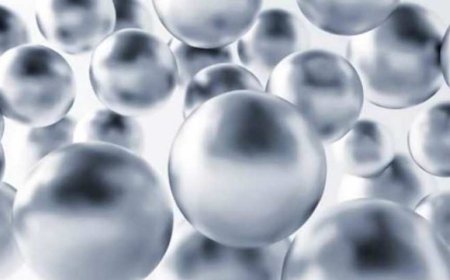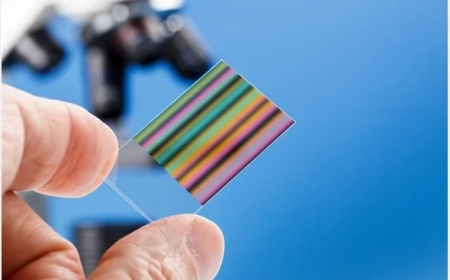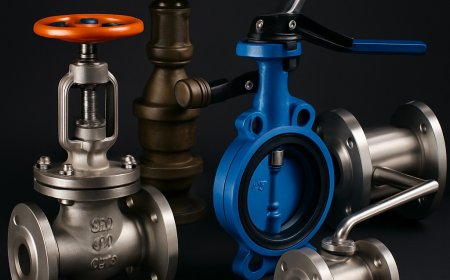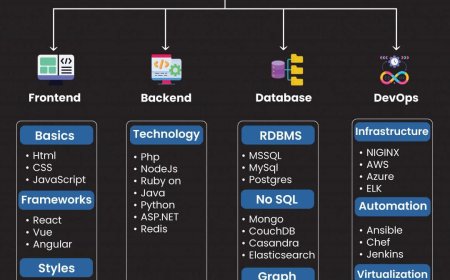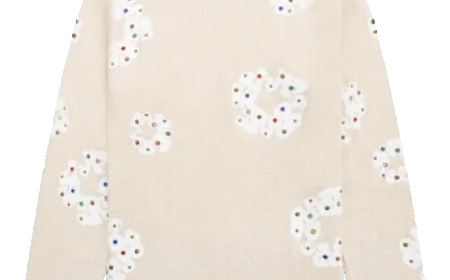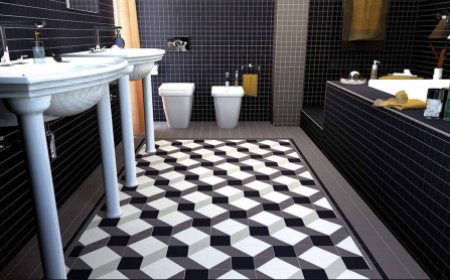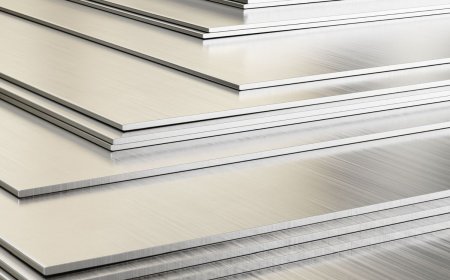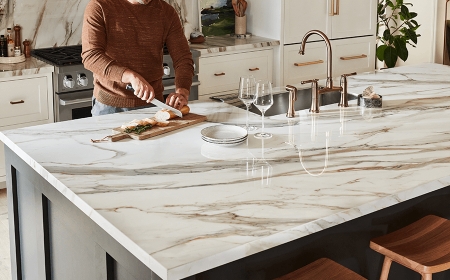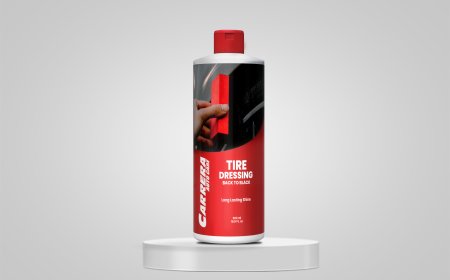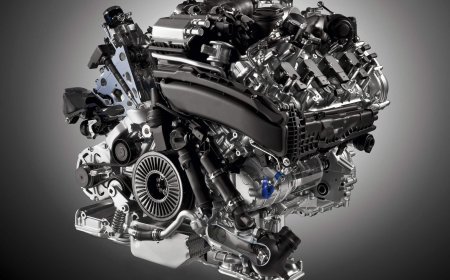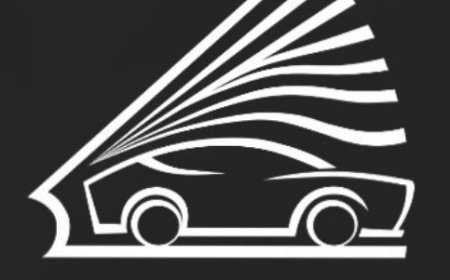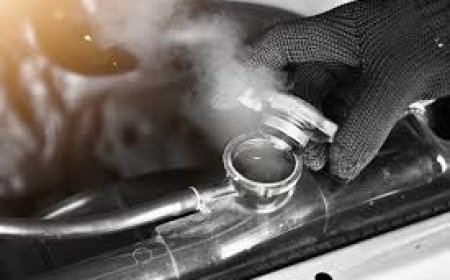Rust and Reminiscence: Exploring Forgotten Icons in Car Graveyards
Explore how car graveyards preserve the legacy of forgotten vehicles, and discover how Cash for Cars Townsville connects history with vehicle recycling.

Across the backroads of Australia, beyond the reach of daily traffic and city lights, lie places that hold the remains of once-loved vehicles. These are car graveyardsyards filled with rusted bodies, cracked windscreens, bent bumpers, and wheels long still. To many, these places may seem like nothing more than piles of scrap. But to those who look closer, they offer a deeper story about history, memory, and machines that once meant something.
Car graveyards are not just about broken cars. They are about forgotten icons. Some were part of everyday life, others stood out for their design, sound, or purpose. All of them had a time when they were more than metalthey were part of someones story.https://northcoastwreckers.com.au/
When Cars Were More Than Just Cars
Before technology and style moved quickly, many cars were built with detail and purpose. A car was more than transport. It was a sign of freedom, success, or family life. Classic models such as the Holden Monaro, the Ford Falcon GT, and the early Toyota Land Cruiser were once loved and looked after with care.
When such cars end up in graveyards, they carry with them signs of their past. A faded paint job might still show the original colour of a special edition. Old stickers on a back window can hint at where the car once travelled. Cracks in the seat and worn steering wheels show how much time someone once spent behind them.
Forgotten but Not Gone
Many of these vehicles were once common across Australian towns and cities. They carried children to school, helped move families between homes, or went on long road trips during summer holidays. Some were used on farms or in local businesses. When their time came to an end, not all were taken to recycling centres. Some found their way to quiet yards, often on rural properties or scrapyards.
Over time, nature starts to take over. Grass grows through wheels, rust eats at the body, and birds nest in glove boxes. But even with the decay, their shape remains. People who visit these yards often recognise the outline of a car they once owned, or a model they always wished they had.
What Graveyards Say About Changing Times
Car graveyards also reflect how society has changed. They show the shift from manual to automatic, from carburettors to fuel injection, and from metal bumpers to plastic ones. They hold cars that were made when safety belts were optional, and others from when air conditioning first became common.
Some graveyards still hold the remains of old Valiants, Datsuns, and Morris Minorscars that are now rarely seen on the road. These vehicles once marked a time when driving was less about speed or screens and more about the journey itself.
A Place for Collectors and Learners
Many people visit car graveyards not just to look, but to learn. Car restorers and collectors often search these places for rare parts. A badge, a mirror, or a gear knob can be the missing piece in a project. Students of automotive trades may also explore these sites to see older car designs up close.
Unlike newer models filled with electronics and sensors, older cars offer a view of how things worked with basic tools and parts. This makes graveyards a real-world classroom for those interested in how cars were once built and maintained.
Holding Onto Memories Through Metal
There is something deeply personal about seeing a car from the past in one of these yards. For some, it can bring back memories of learning to drive, long drives with friends, or time spent working in the garage with family. Even though the car may no longer move, it still has a presence.
Photographers often visit these places to capture the mix of rust, light, and decay. Their photos highlight not just what remains, but what once was. There is a quiet beauty in how time shapes metal, and how stories linger in objects left behind.
From Rust to Reuse
Though many cars stay in graveyards, others are removed and broken down for parts or scrap metal. This process allows the remaining materials to be reused. Steel, copper, and aluminium can be taken from the bodies and melted down. Parts such as wheels, lights, and gearboxes can often be used again.
This not only helps reduce waste but also keeps older vehicles on the road. There is growing interest in restoring classic cars, and having access to old parts plays a big role in that.
Connecting Past and Present
Across northern Queensland, people continue to clear out old vehicles from farms and backyards. Some cars are no longer roadworthy, while others have been sitting for years. In these cases, services that offer payment for unwanted vehicles provide a useful option. One such service in the area known forCash for Cars Townsville has helped people part with old cars that still have value. After collection, many of these cars are taken to yards where useful parts are removed, and the rest is recycled. This gives the vehicle one last roleeither as a source of parts or as part of metal recovery.
A yard linked to this process also became known for holding some classic Australian models, sparking interest among car enthusiasts who still search for pieces of the past.
Closing Thoughts
Car graveyards are more than quiet fields filled with old metal. They are places where stories rest. Each bonnet, door, and dashboard once had meaning, and that meaning does not fade with rust. These places remind us that cars are not just machines, but part of how people lived, moved, and remembered.
Whether it is a wrecked Holden, a dusty Ford, or an unknown make from decades ago, each vehicle left behind tells a story. The metal may rust, but the memories stay strong. And in some cases, a new owner, a spare part, or a recycling process gives it one more chapter before the final goodbye.




